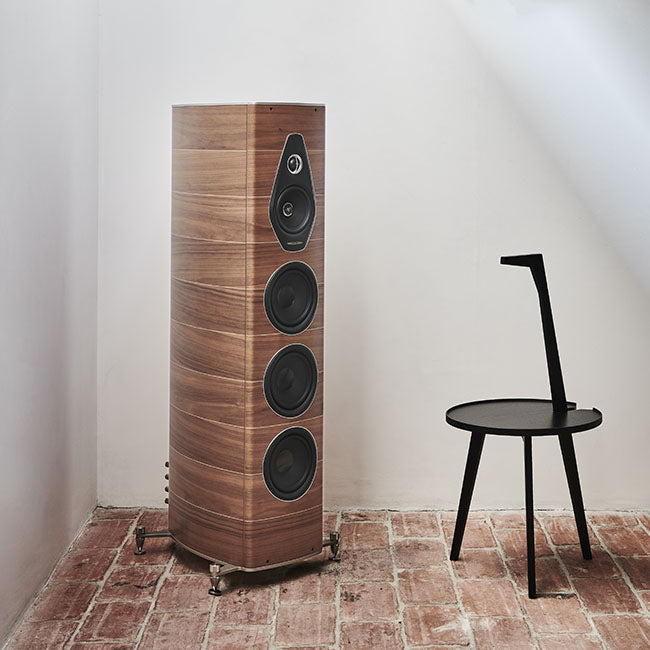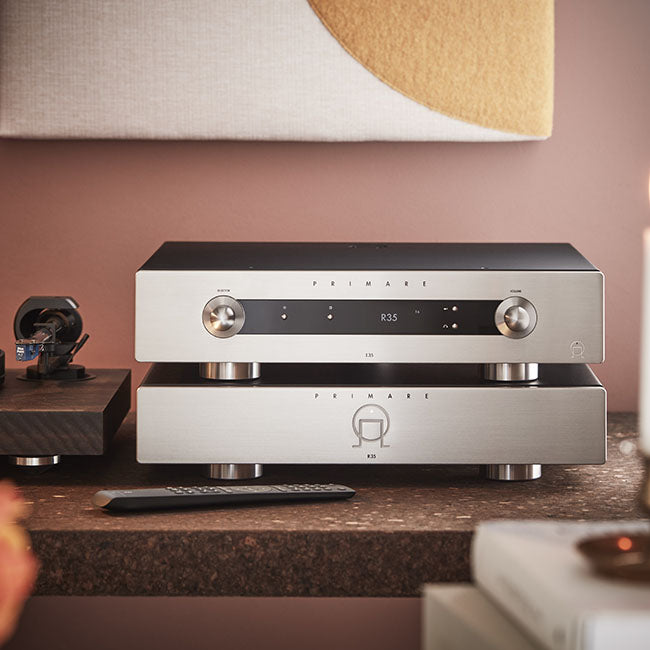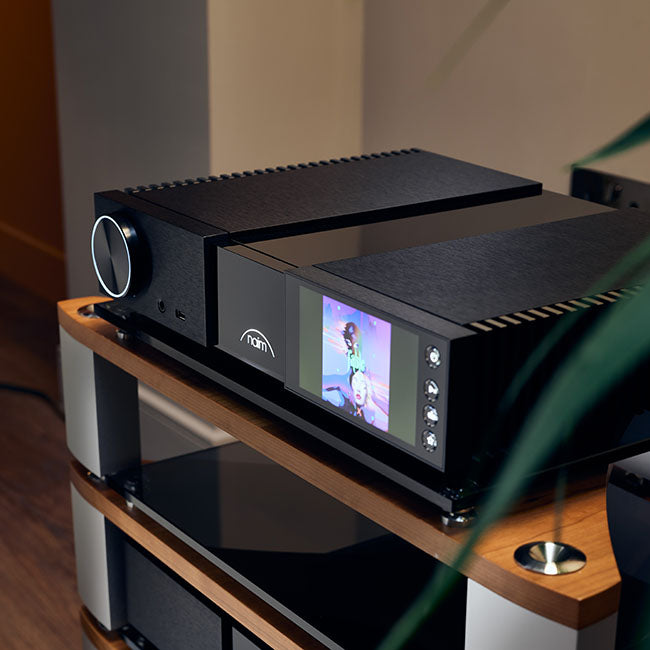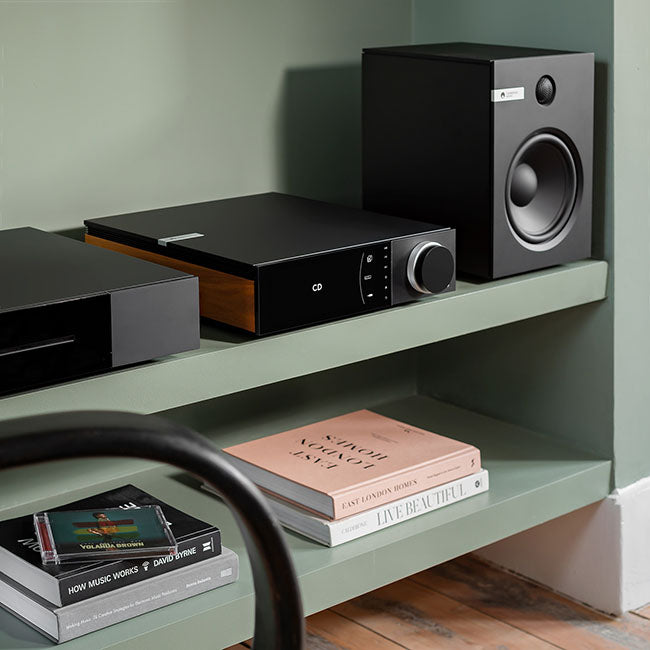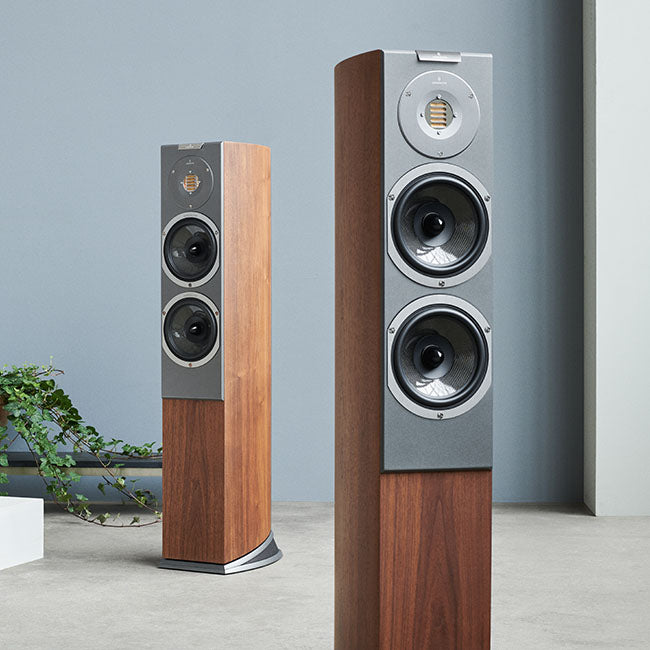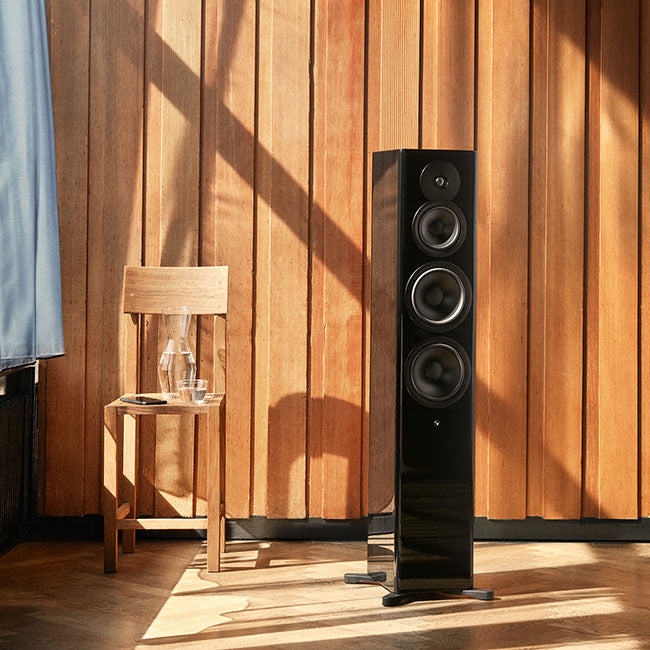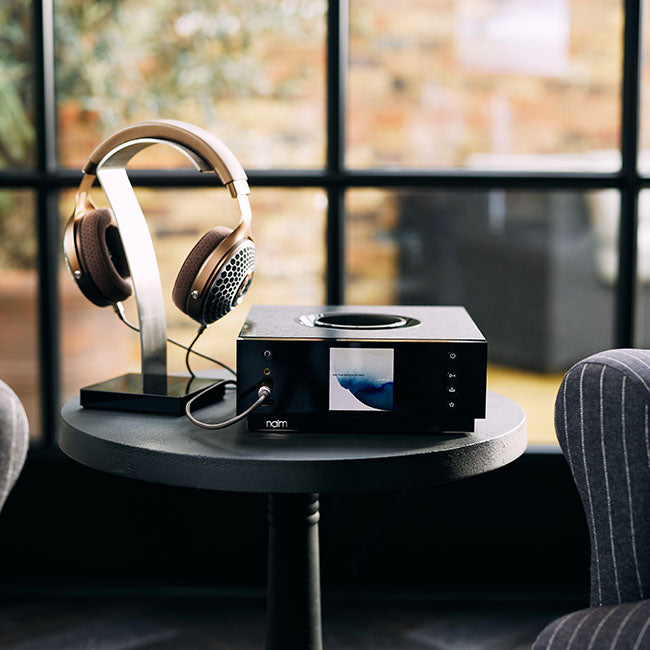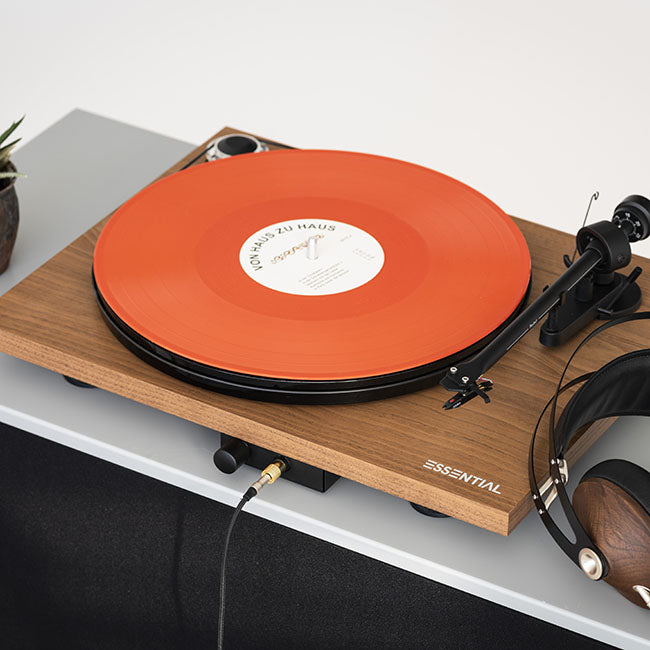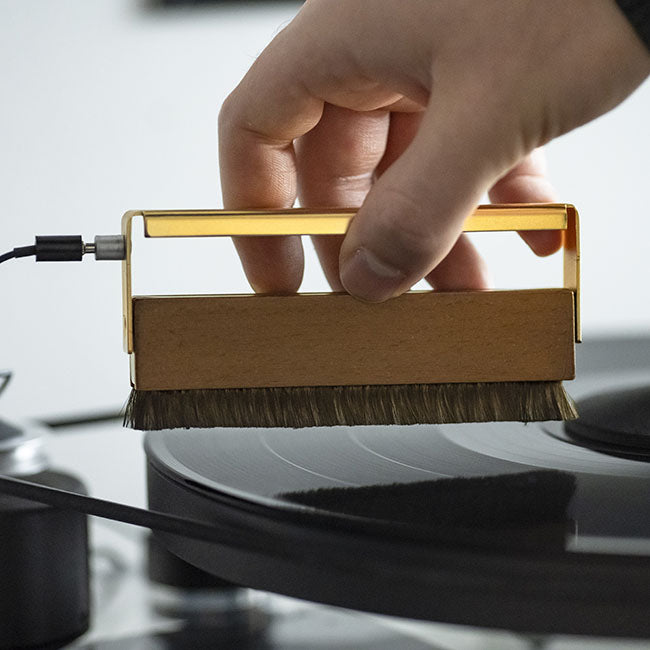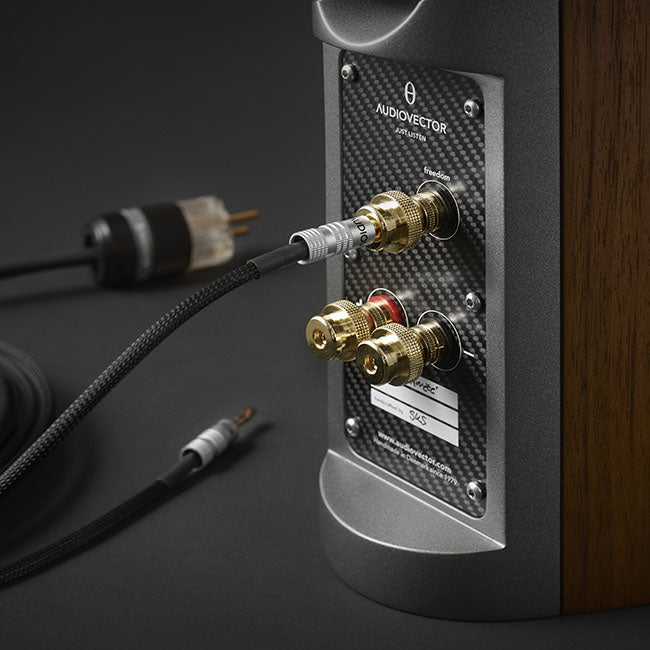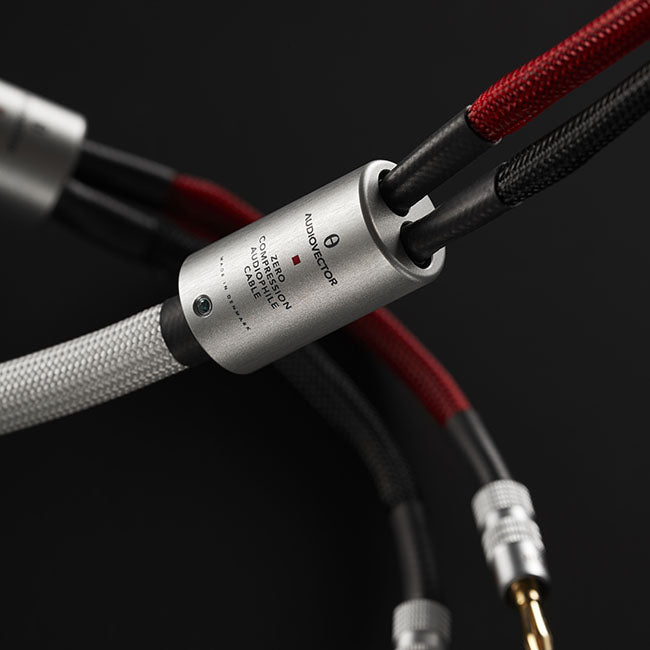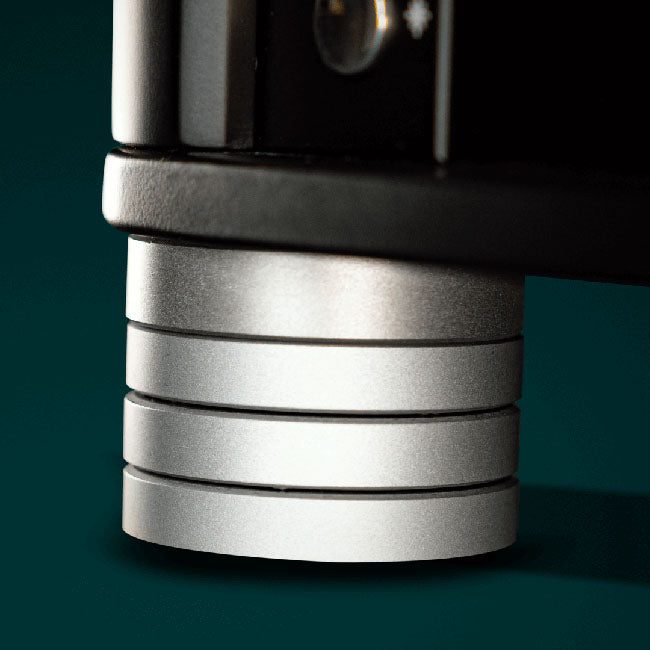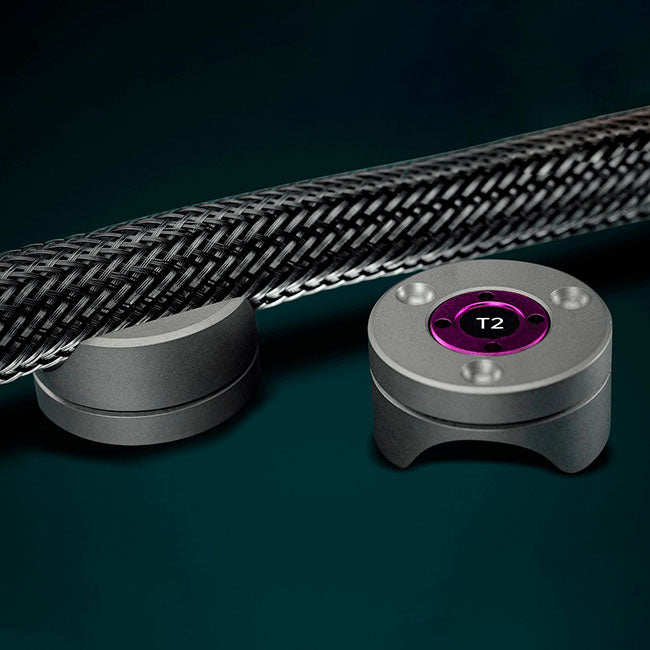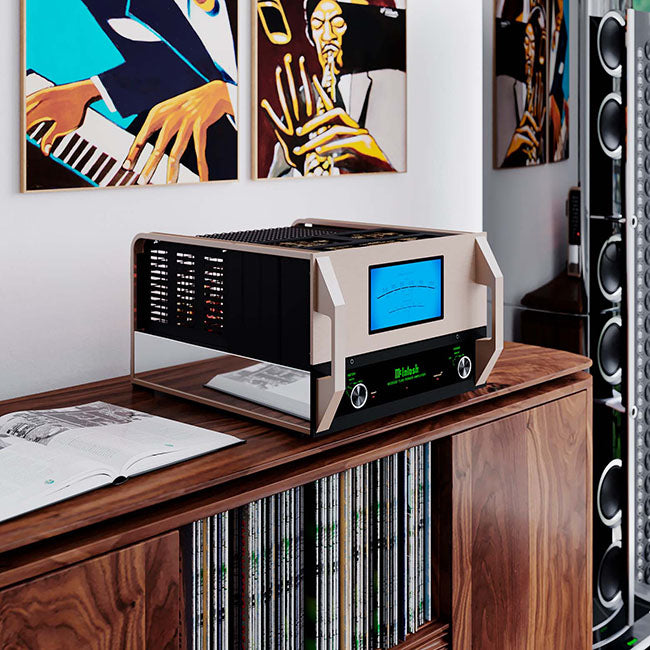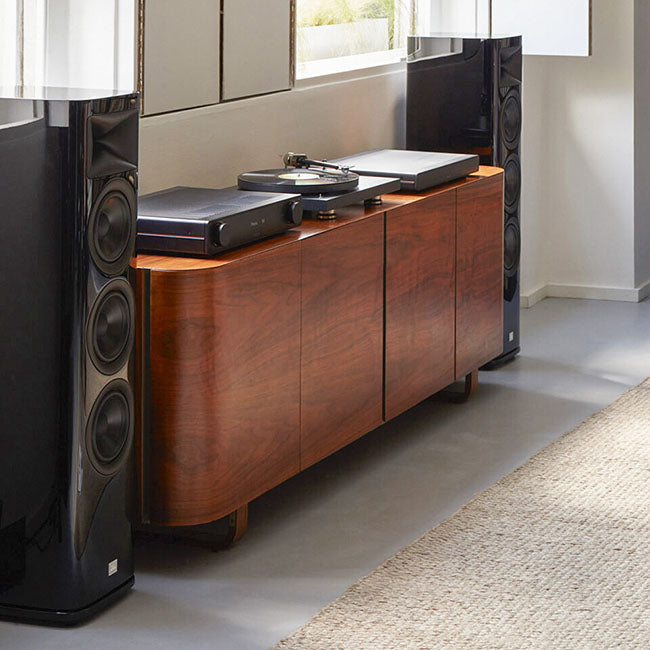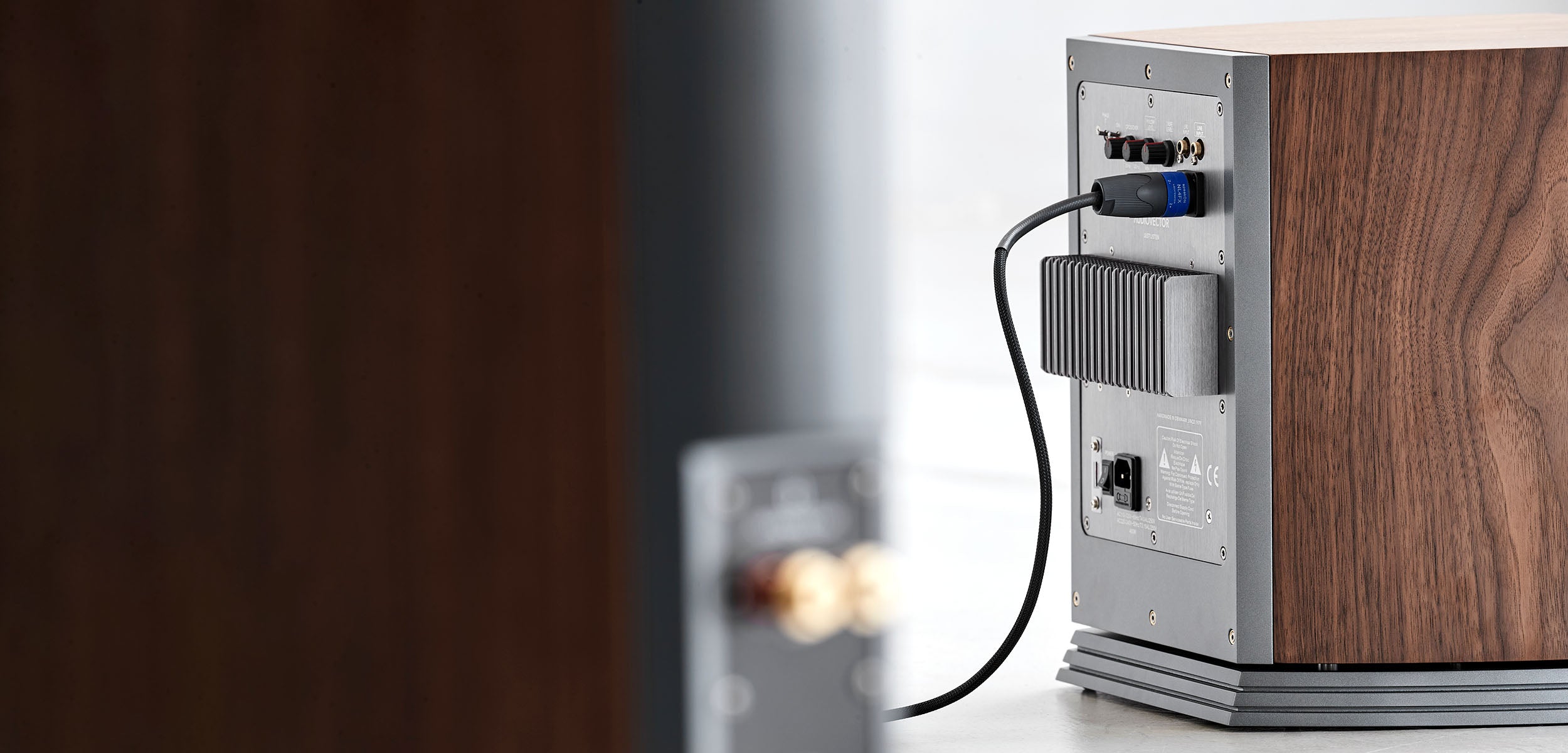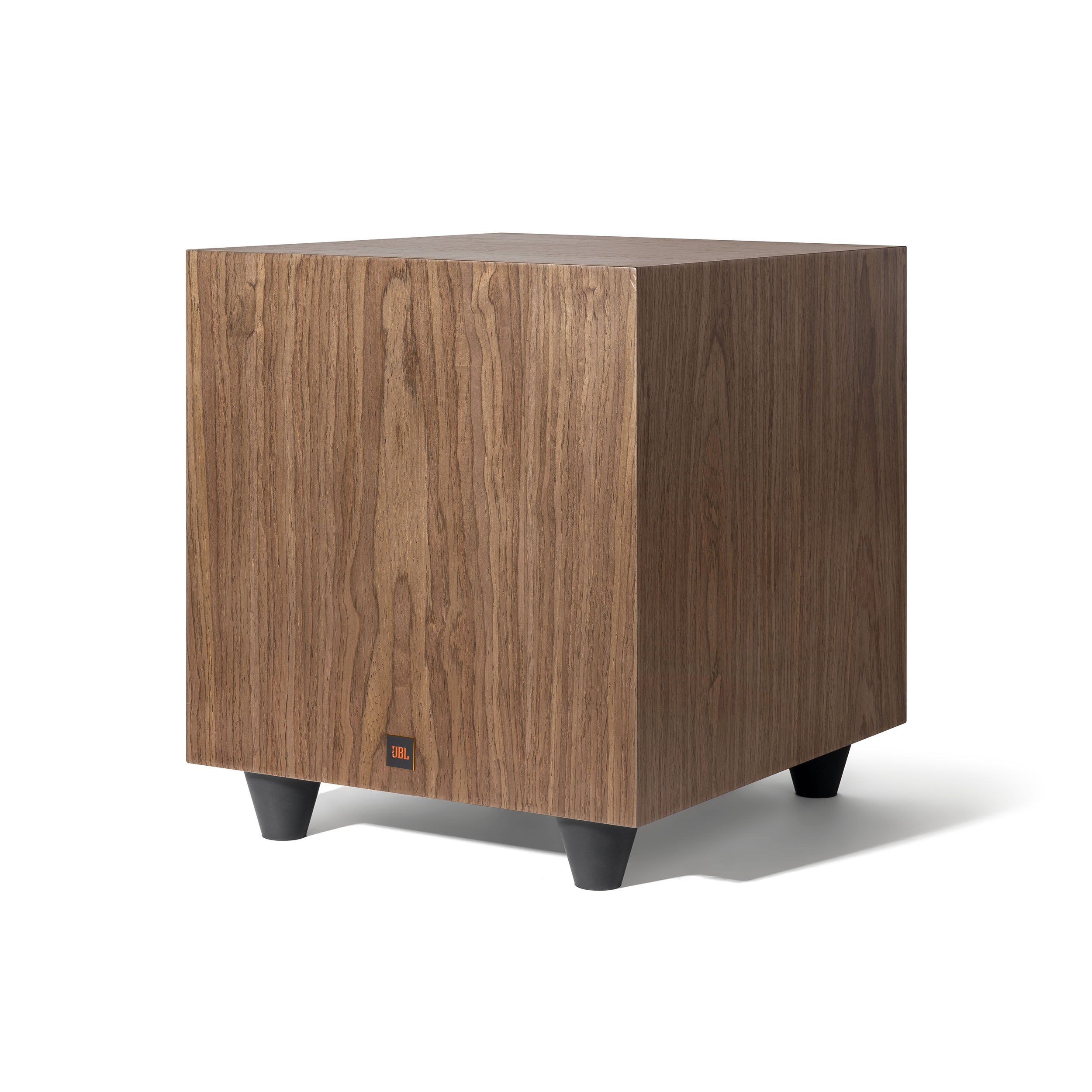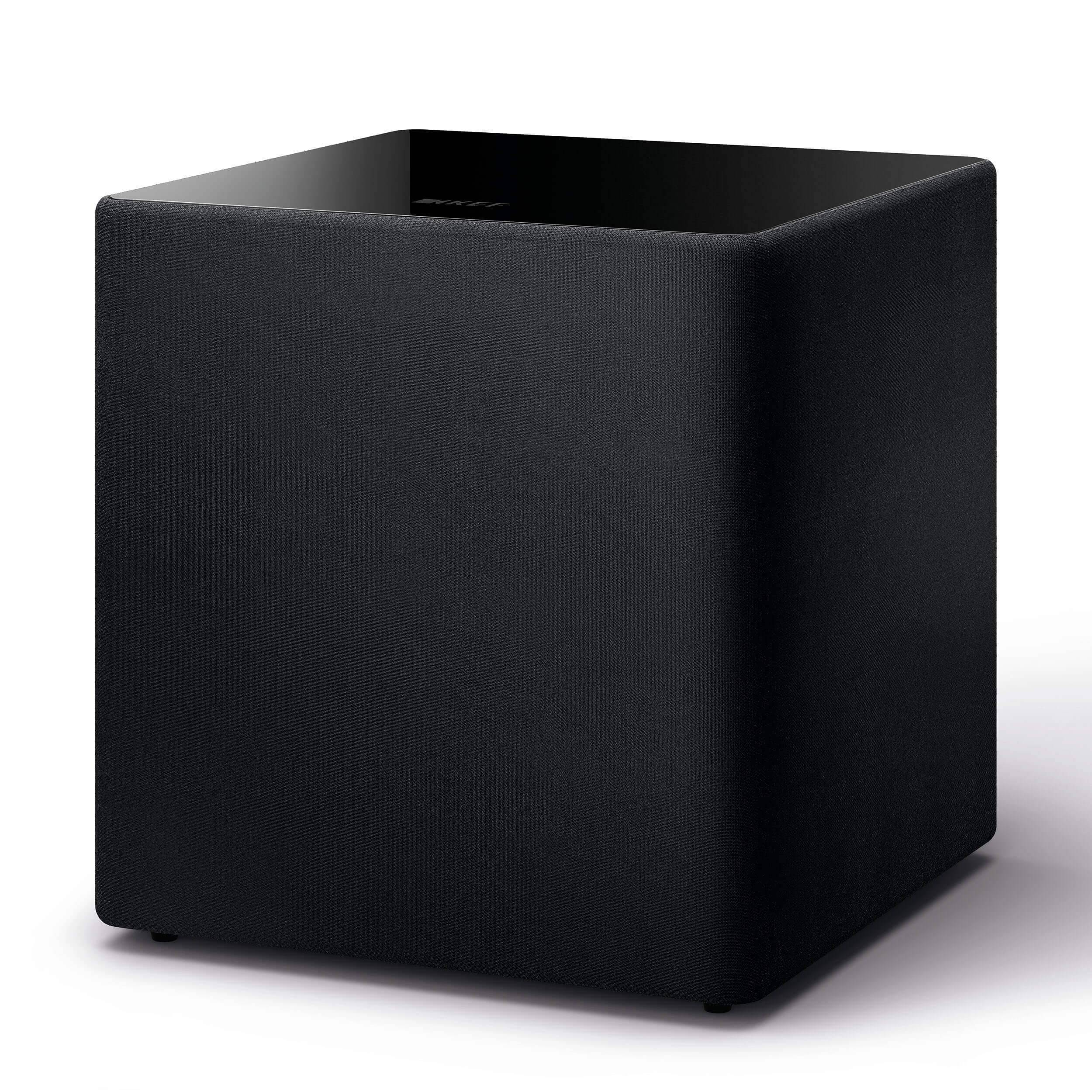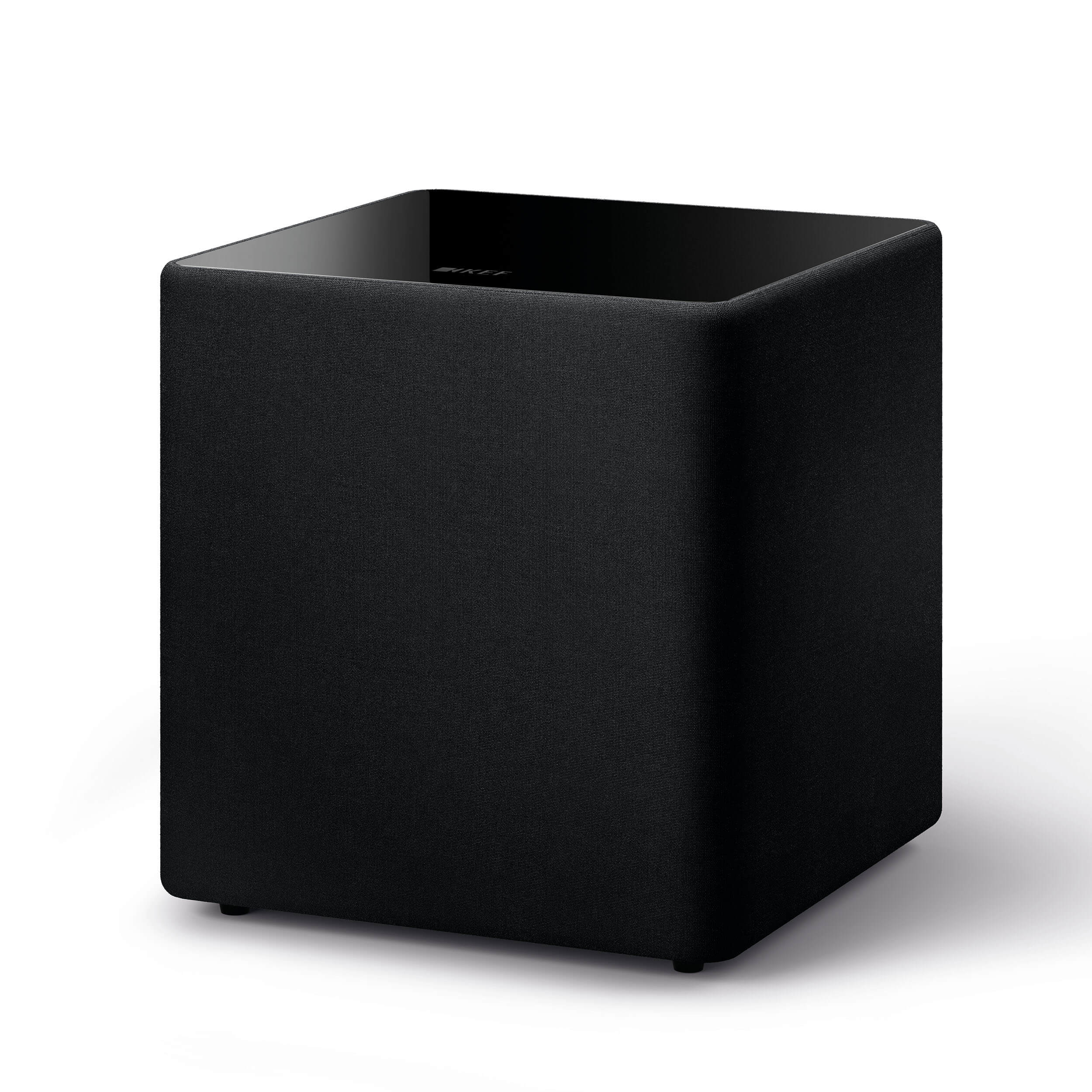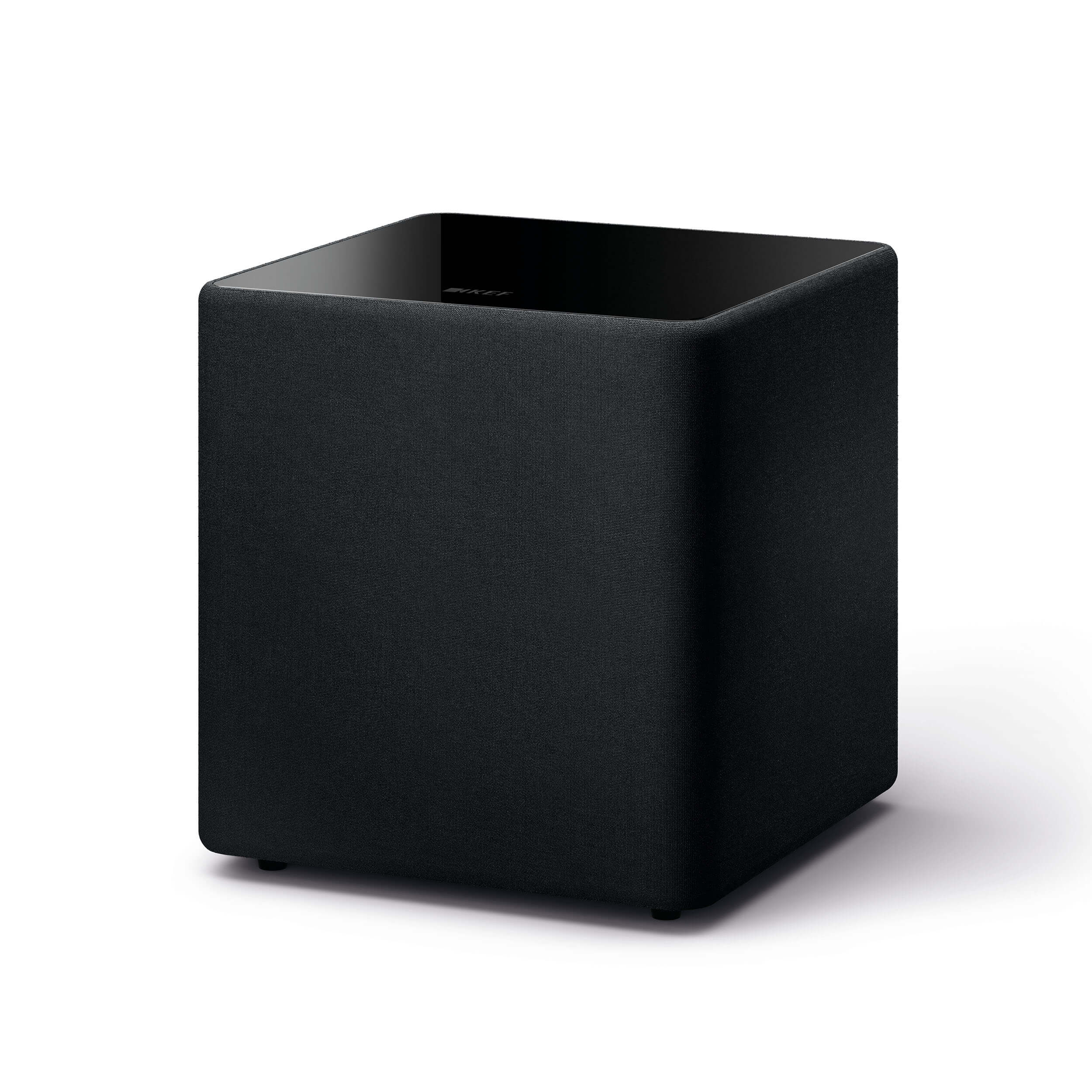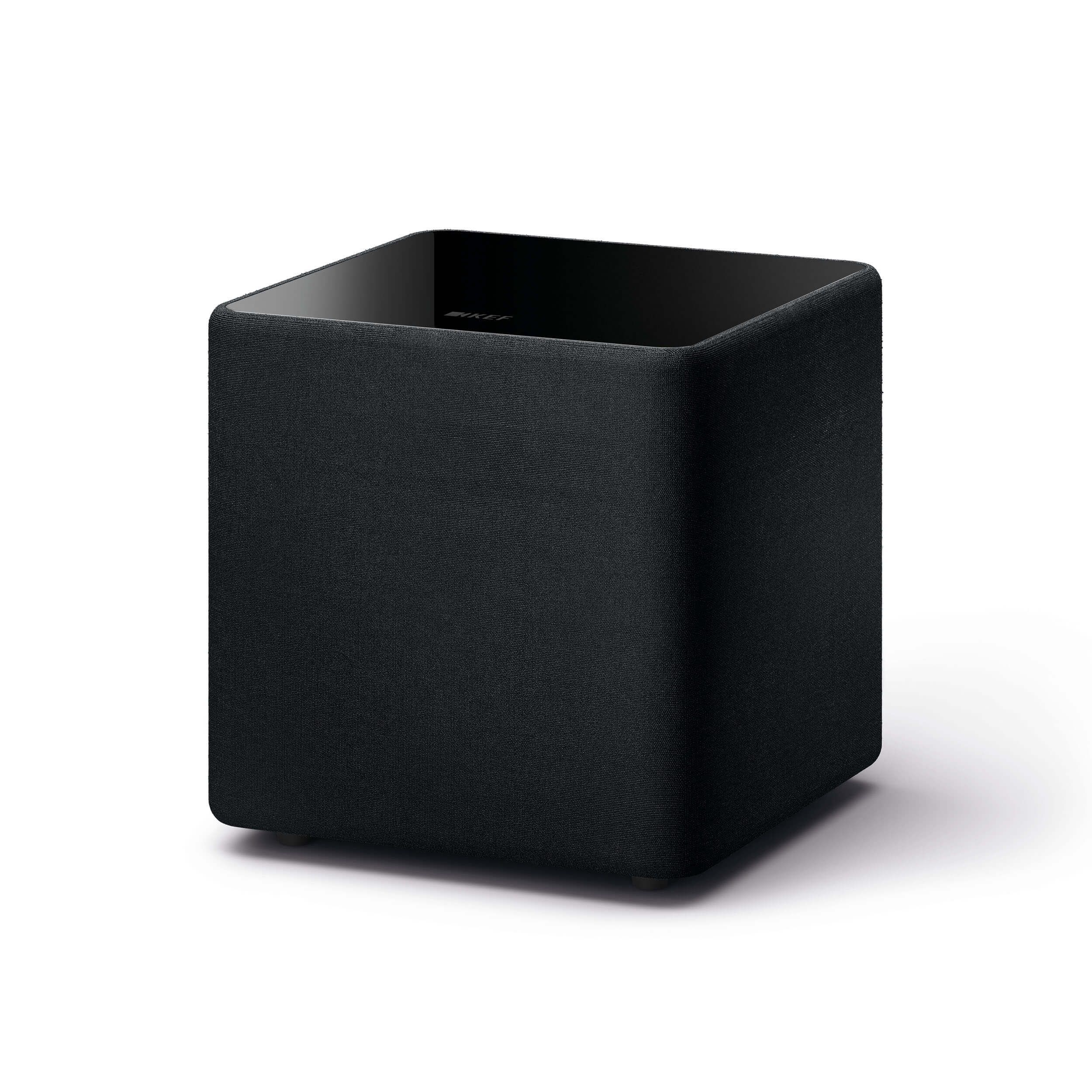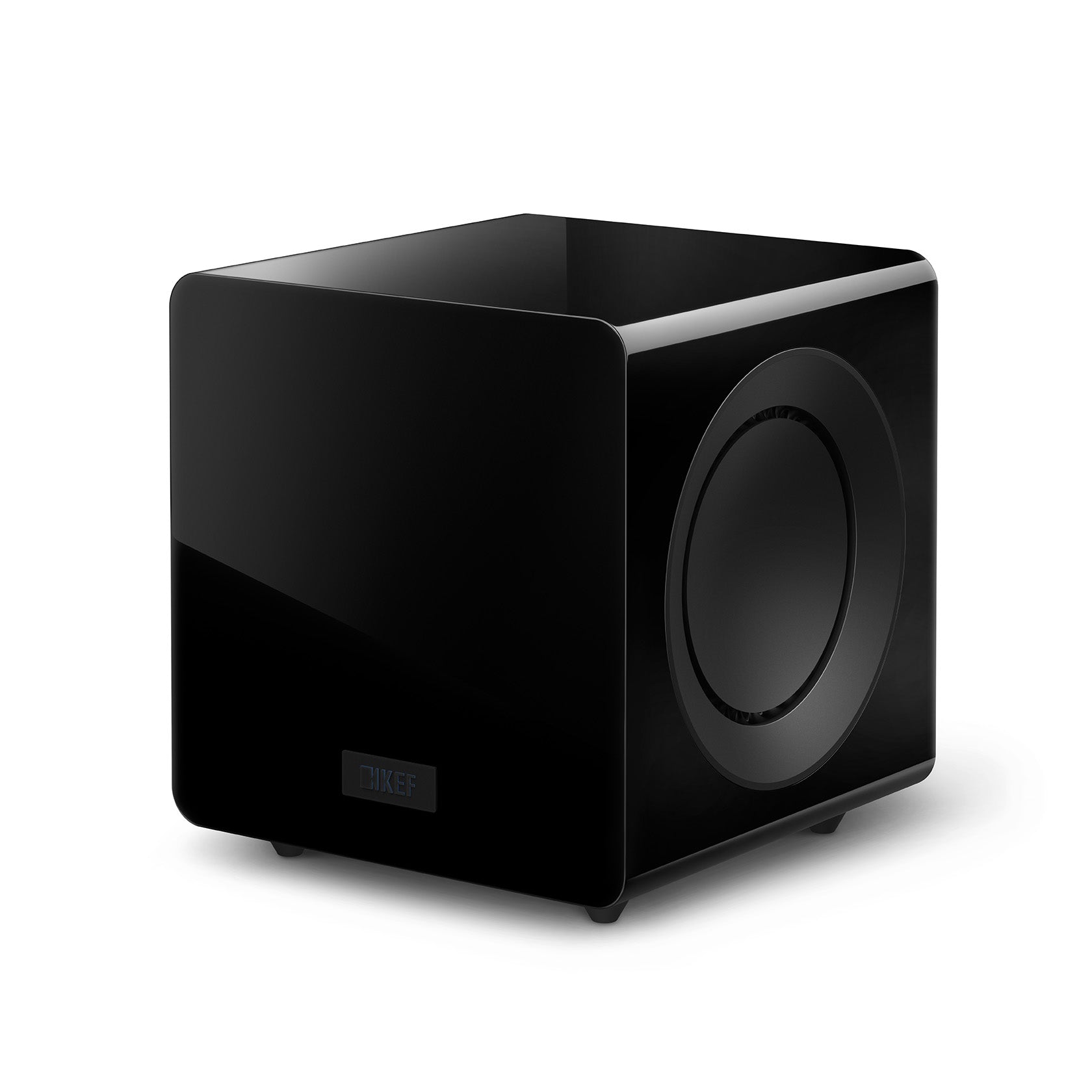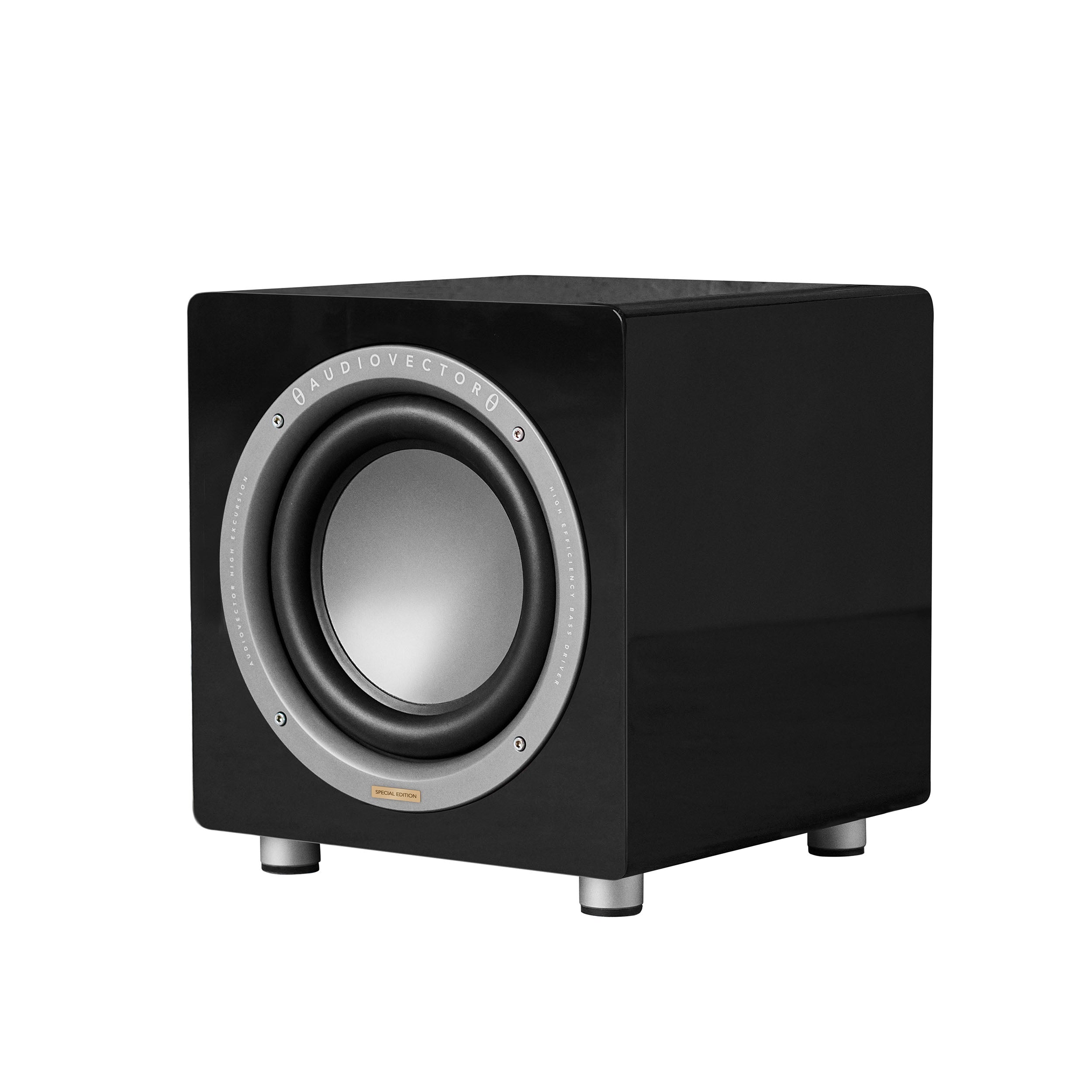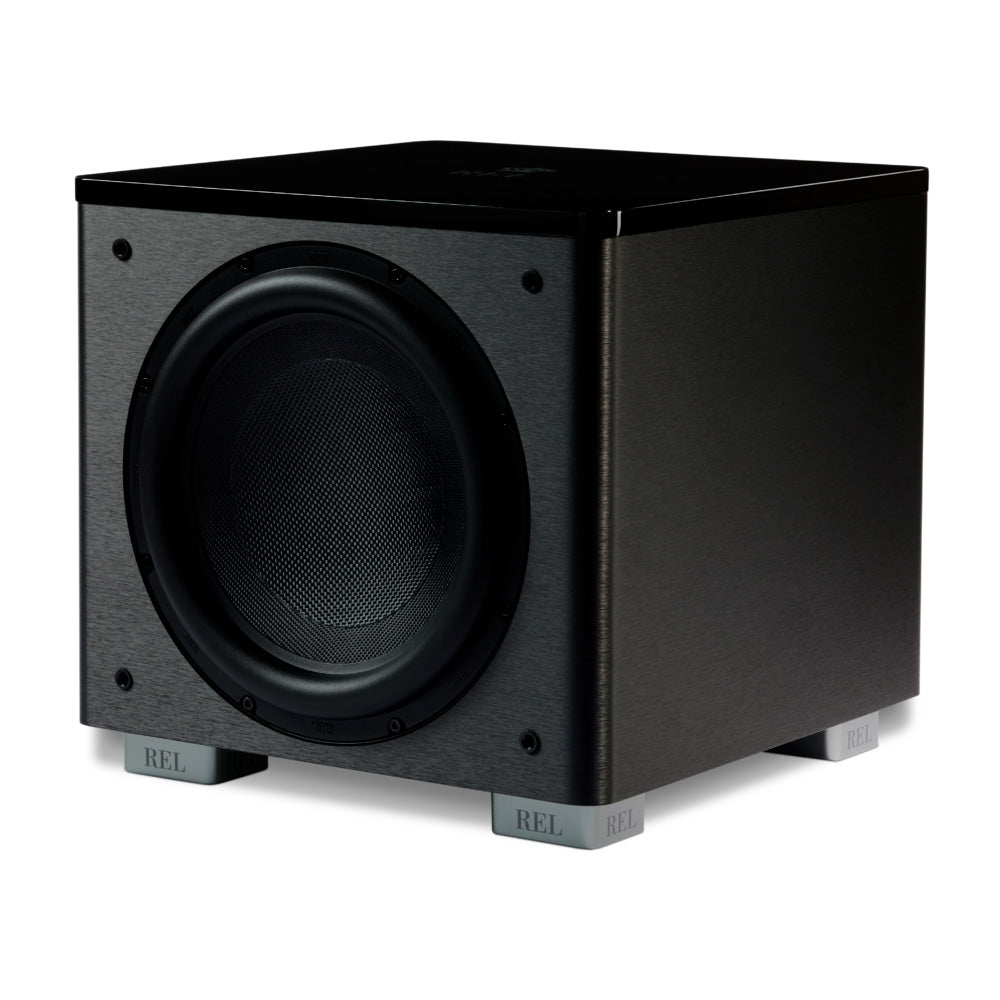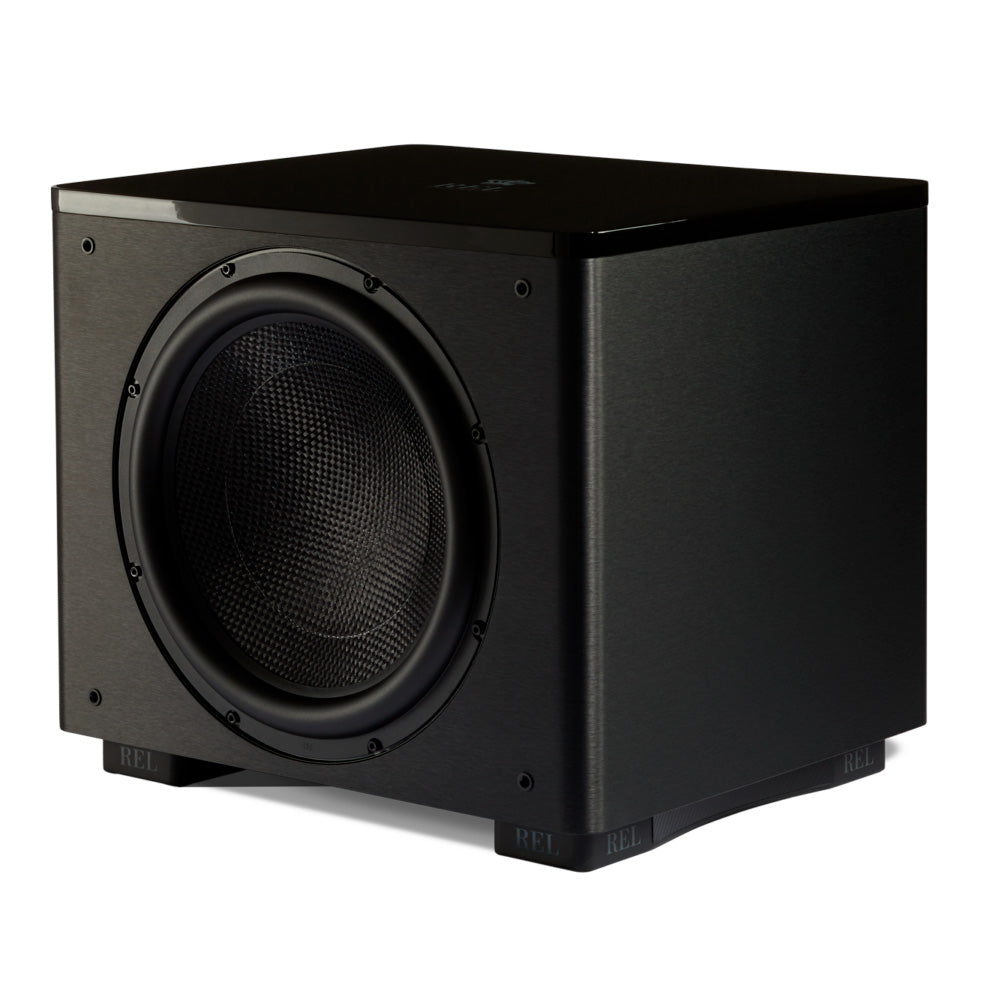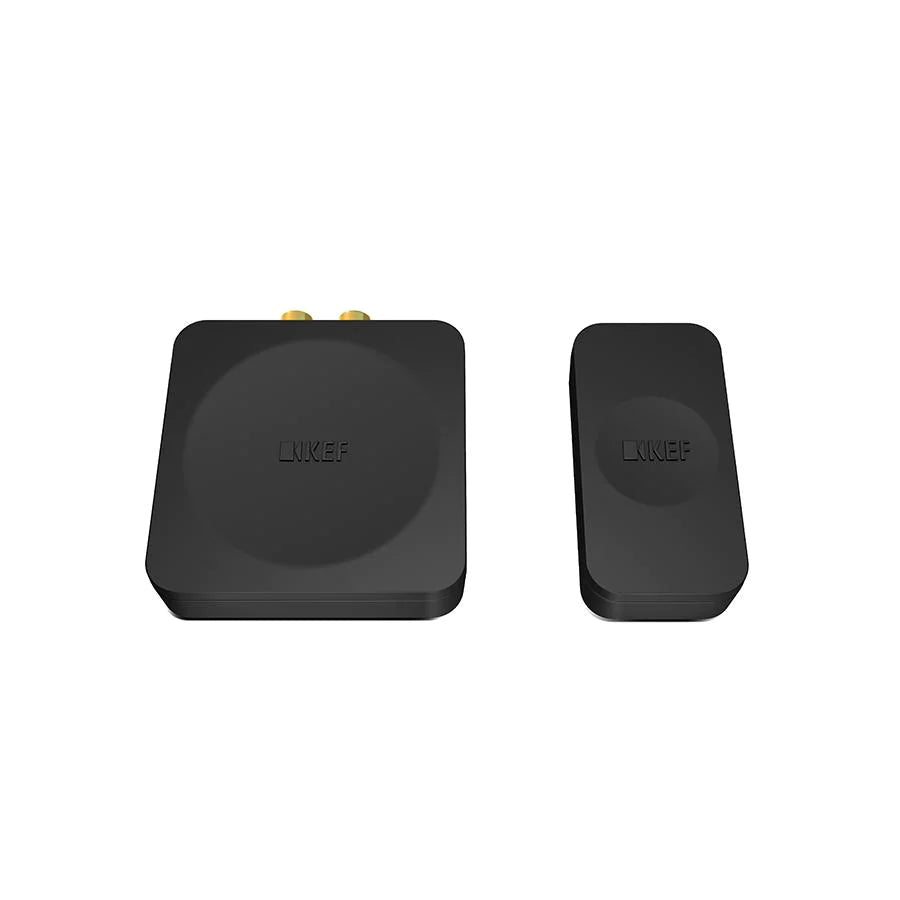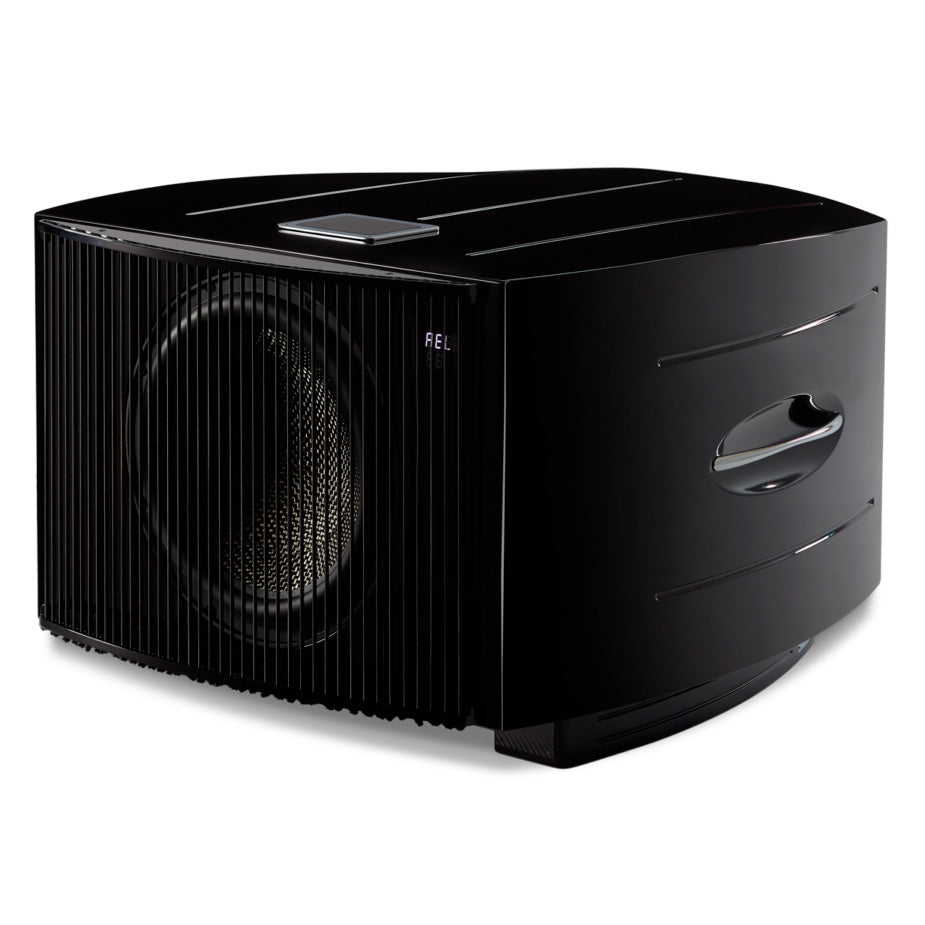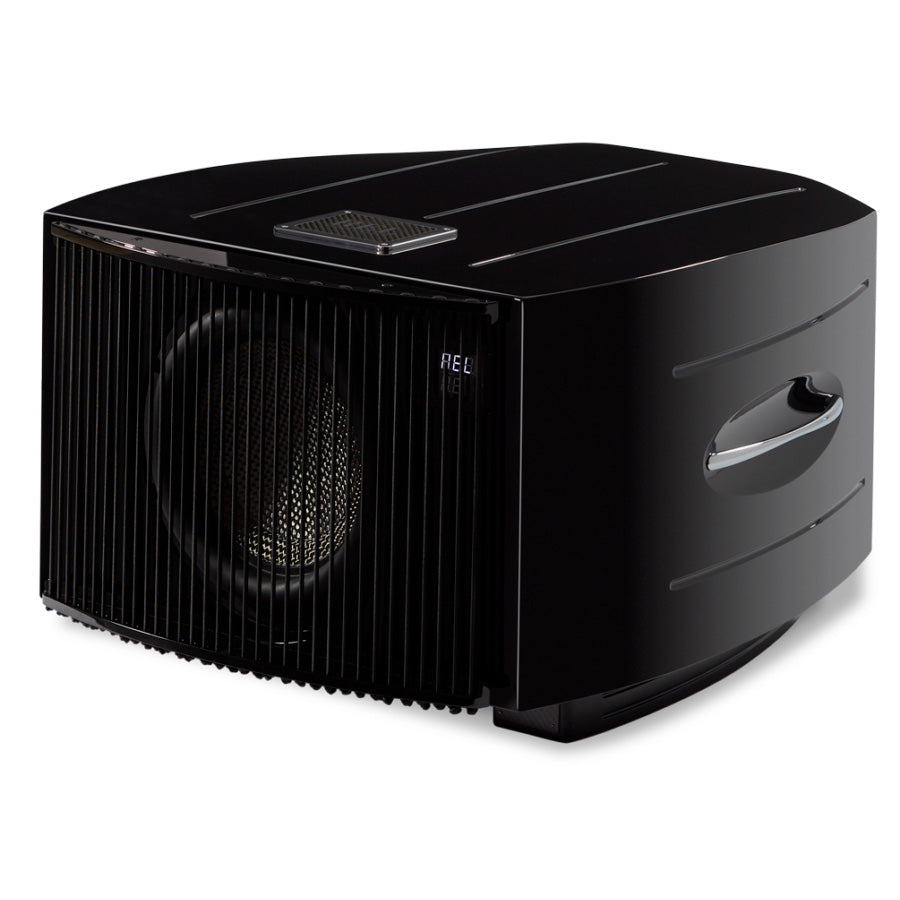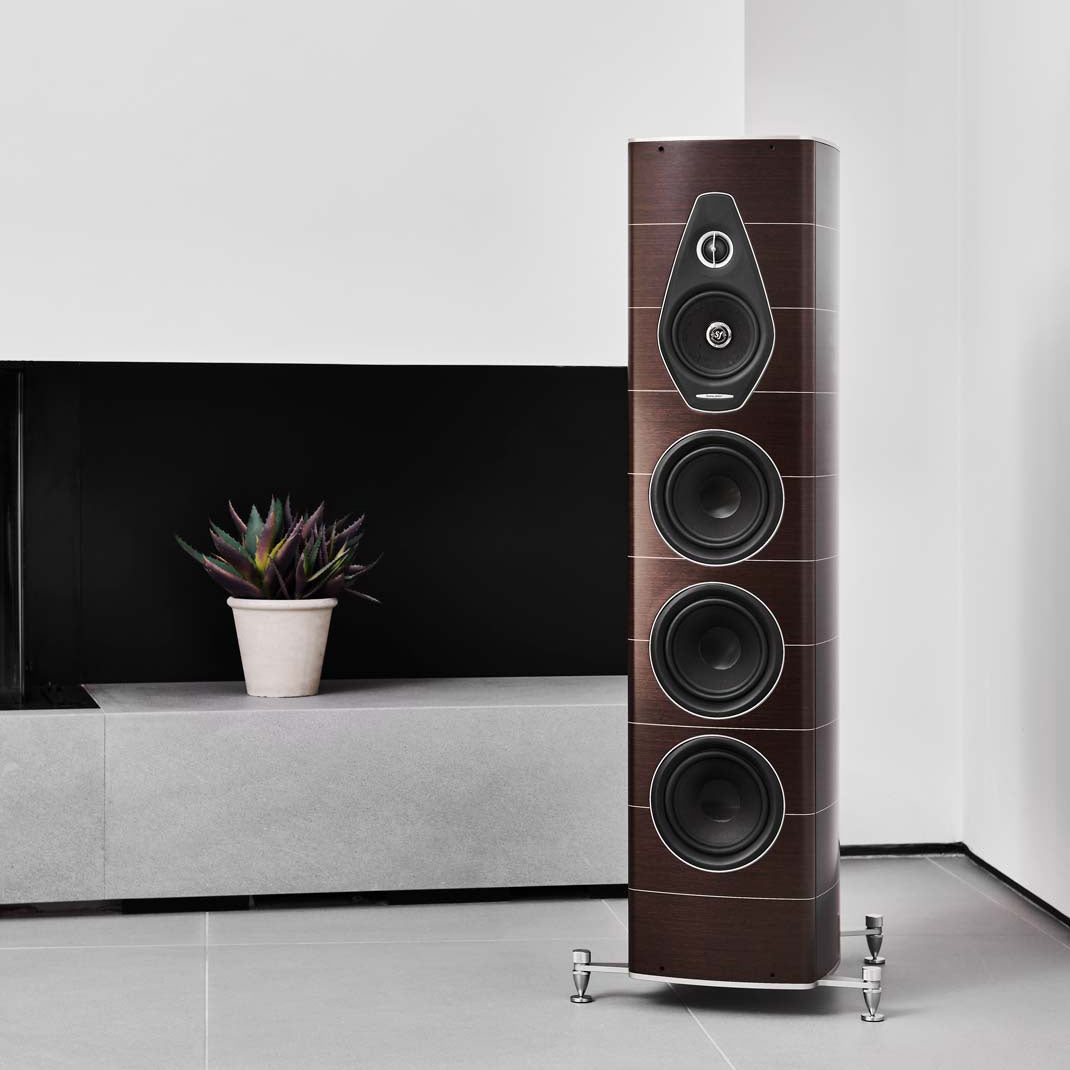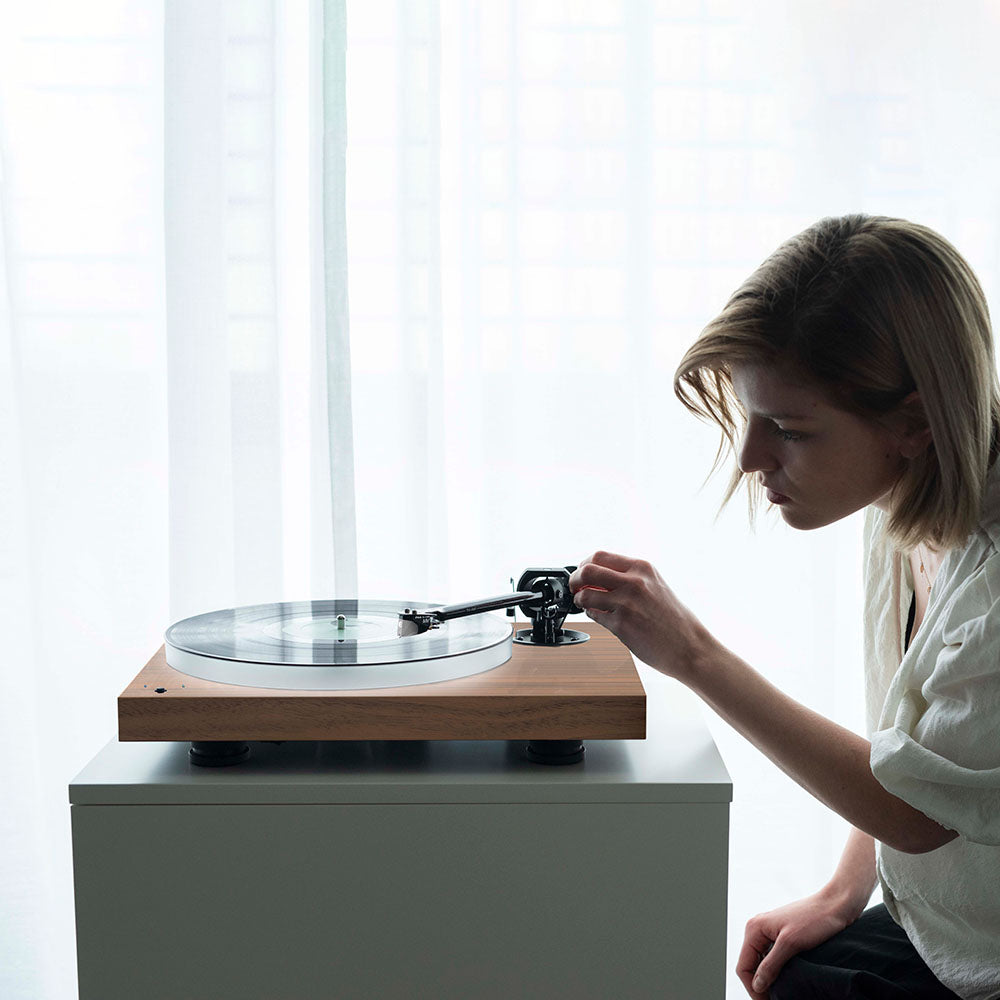5 easy steps to get better bass from your subwoofer
A subwoofer can be a great addition to your sound system, providing powerful and deep bass reproduction that many other speakers cannot match. In addition to adding more bass to your audio experience, a subwoofer can also improve the overall sound quality of your system and relieve the other speakers from producing deep bass, allowing them to better focus on the midrange and treble range.
In this guide, you will be introduced to the most important aspects of subwoofer setup, including the optimal placement of the subwoofer in your room, handling settings such as crossover, phase and volume, as well as how you can manage the acoustics to improve your sound experience. By following our step-by-step guide, you will be able to fine-tune your subwoofer and achieve the best possible bass response and sound quality.
Whether you're new to audio setup or experienced, this guide will give you the tools and techniques to get the most out of your subwoofer and optimize your audio experience.
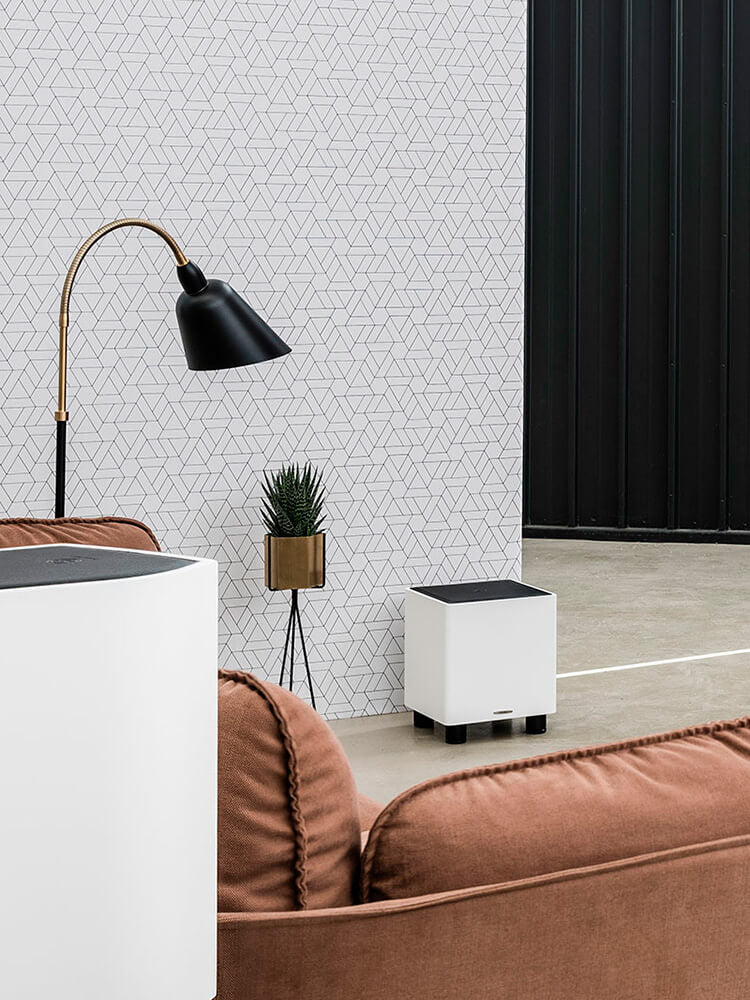
Sonus Faber Gravis i
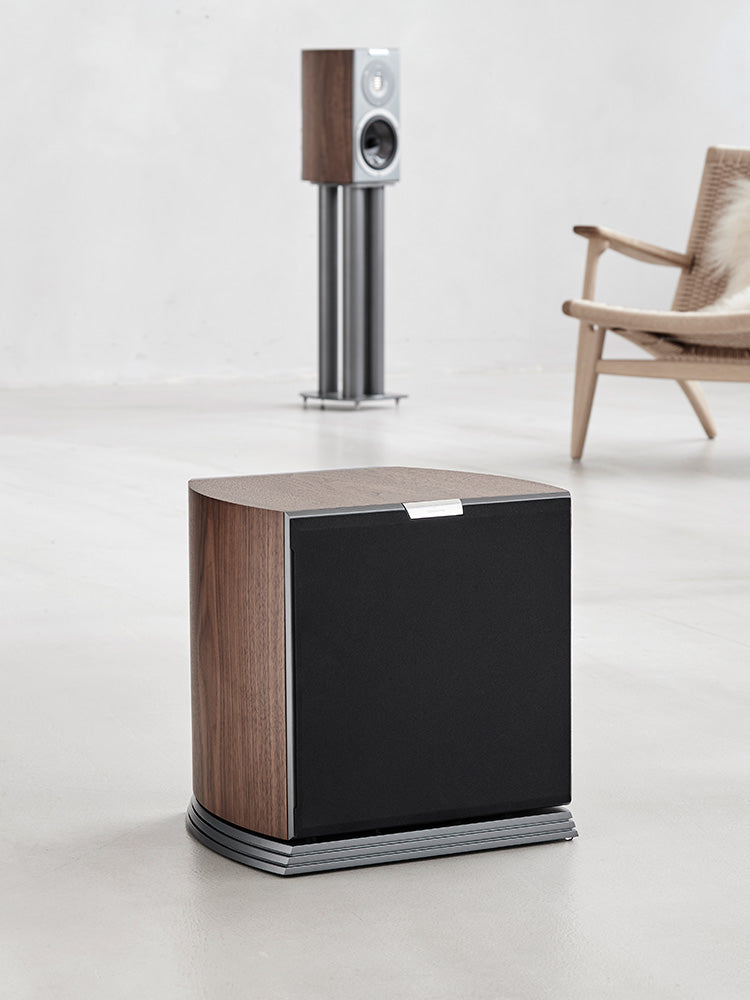
Audio vector r sub
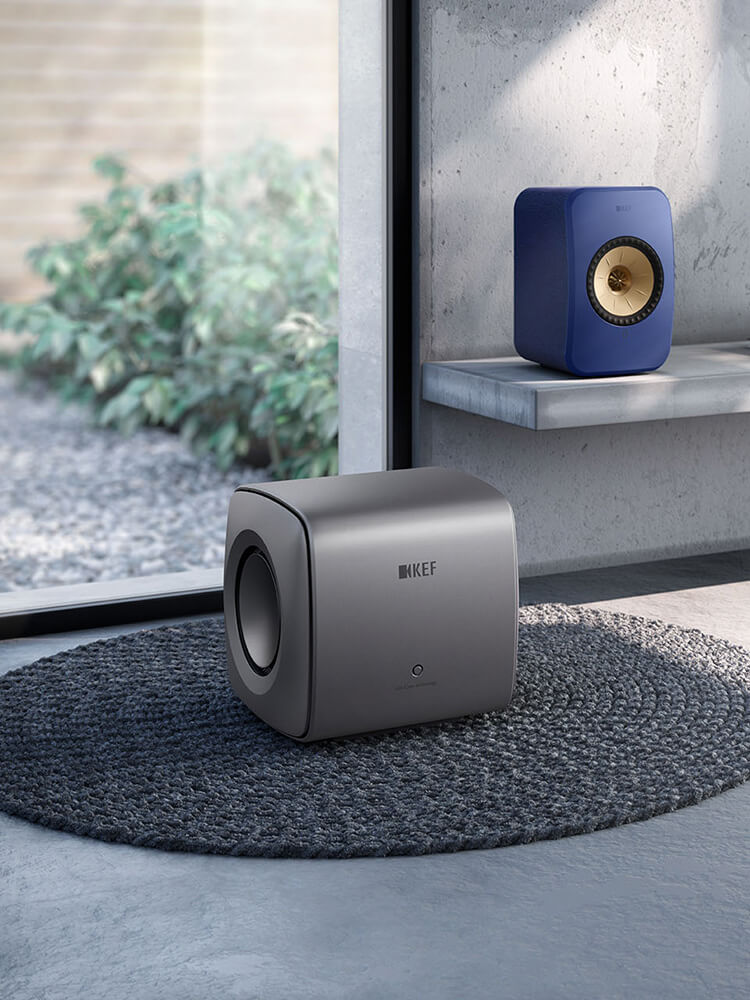
KEF KC62
1. Where should I place my subwoofer?
When it comes to subwoofer performance, placement is critical. The bass frequencies are particularly sensitive to acoustic factors in the room, which is why you need to carefully consider where you place your subwoofer.
Avoid parallel surfaces such as walls as they can cause problematic standing waves or holes with no bass. If the bass waves reflect and collide with the walls, it can lead to uneven and undefined bass reproduction. It is best to place the subwoofer at least 20 to 30 cm away from the walls to avoid those problems.
We also recommend placing the subwoofer near your front speakers because it minimizes timing delays and phase cancellation, giving you a much more accurate bass reproduction.
Three locations for your subwoofer
How you place your subwoofer largely depends on what options you have in your room. Often your listening position is limited to a certain area, leaving little freedom as to where you can place the subwoofer. Here are our suggestions on how to get accurate and hard-hitting bass in any room.
- Flexible placement: If you have the freedom to place the subwoofer anywhere, we recommend that you place the subwoofer where you have your normal listening position. Now you have to go and crawl around the room and listen for where the bass is loudest. In other words - where do you have the bass that feels like getting little stomach pumps? Mark the location with tape when you find a good sounding spot and keep trying other locations to find the best location.
- Next to the speaker: One of the absolute best locations for your subwoofer is next to your speakers. If you have a single subwoofer, you can try to hear if it sounds better when you place it inside or outside of your speakers. If, on the other hand, you have two subwoofers, you should place them on the outside of your speakers. This is because the interaction between your subwoofer and speakers is at its peak, and it becomes pure magic.
- Corner placement: Placing the subwoofer in a corner can provide more bass, but is rarely the ideal solution. If you have to place it in a corner, then you can reduce the interaction between the subwoofer and the wall by placing it at least 15 to 20 centimeters away from the corner.
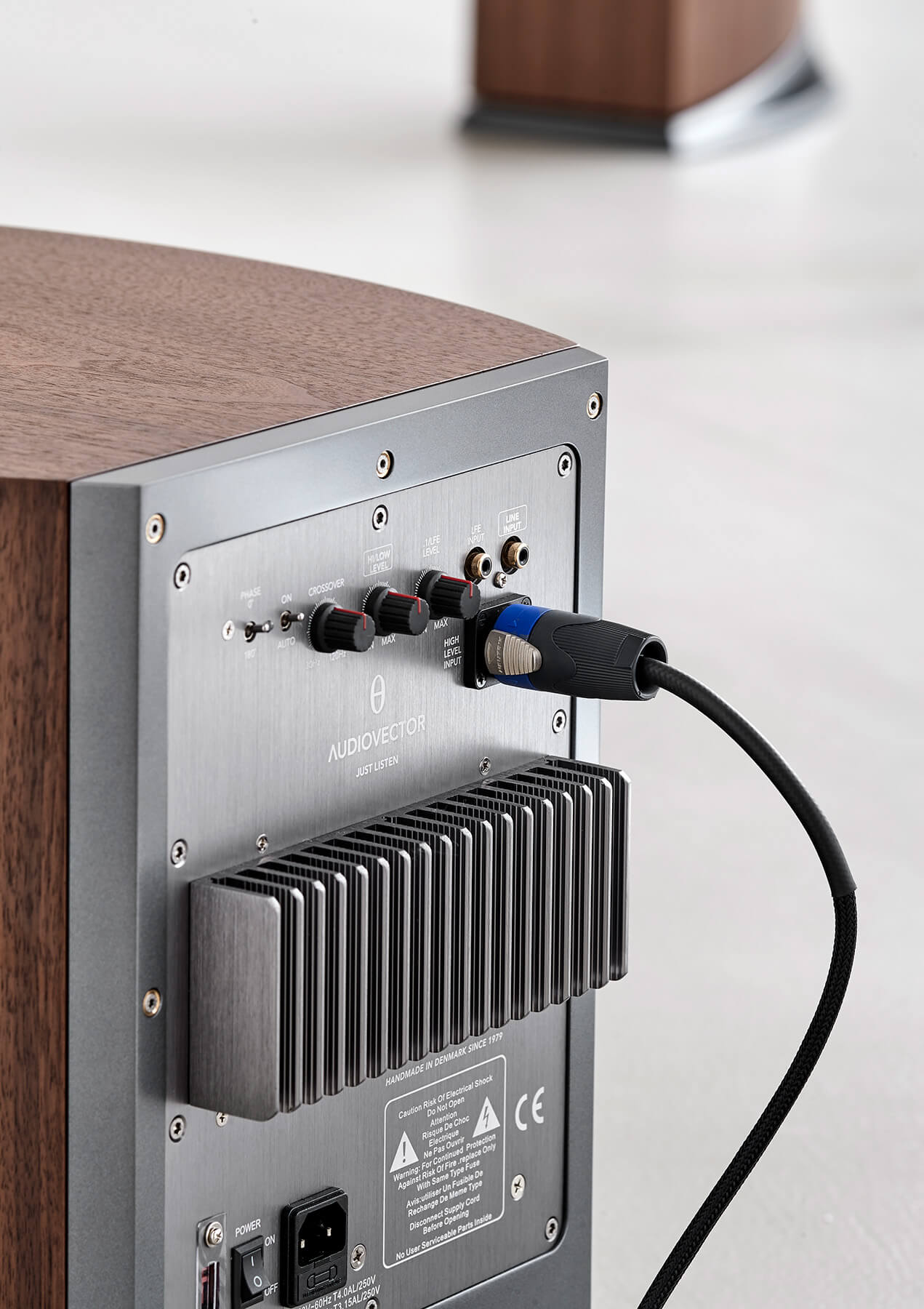
Audiovector R Sub
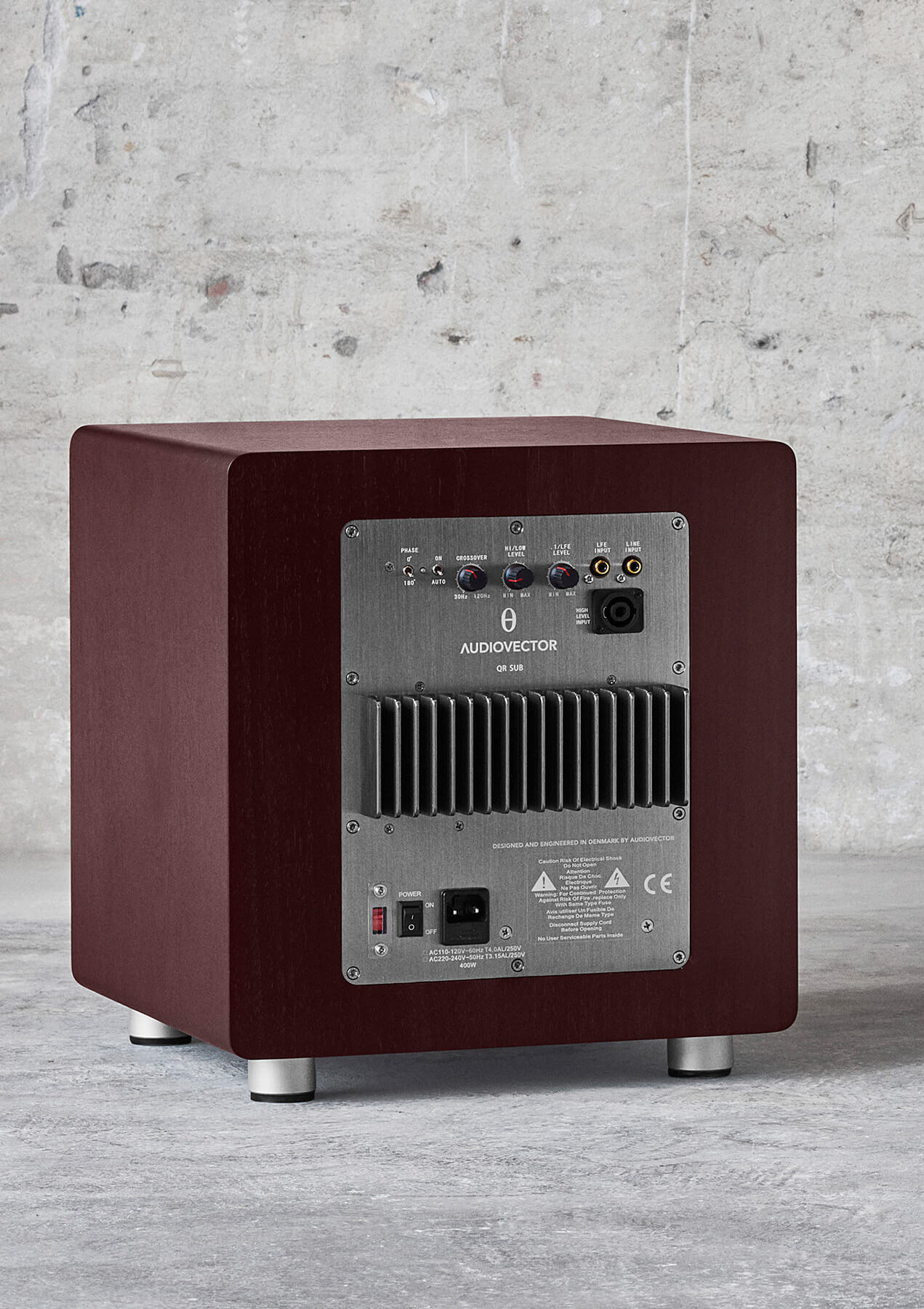
Audiovector QR Sub
2. Calibrating your subwoofer
Once you have found the optimal location for your subwoofer, it is important that you calibrate it to achieve the best bass reproduction. Follow these steps:
- Set the crossover: If your A/V receiver has an automatic crossover setting, let it handle this task. If your AV receiver has it, you must set the subwoofer crossover to 100% and let the AV receiver handle everything. If not, set the crossover frequency to start just below the lowest frequency response of your speakers. After that, turn up the crossover frequency and listen for when the subwoofer and speakers start to overlap each other. Use a track like “Dire Straits – Six Blade Knife” to set the subwoofer as the bass and drum line are constantly playing. When you find that the subwoofer and the speakers overlap, turn the crossover frequency down a little bit again. Then you are guaranteed that the subwoofer is set correctly.
- Adjust the phase: Play a bass-intensive music or movie sequence and adjust the phase of the subwoofer until you achieve the fullest sound. If there are still problems with the bass response, it may be necessary to adjust the position of the subwoofer and repeat the process.
- Set the volume: One of the biggest mistakes people make is setting the volume too high on their subwoofer. It must not be possible to hear that a subwoofer is playing. Set the subwoofer's volume knob to 50% and adjust it depending on whether there is too much or too little bass. Continue this process until the subwoofer's bass reproduction is 100% integrated with the other channels.
3. Get control over the acoustics
The acoustics of your room have a great impact on the sound quality you can achieve. Therefore, it can be advantageous to adapt your room so that it does not affect your sound negatively. You can do this by placing various objects in the corners of your room, as this helps positively with the acoustics. Fortunately, there are many ways in which you can improve the acoustics of your room. Therefore, we recommend that you consider the following based on what can be done. Most people have their system in the living room, where bass traps or other sound-absorbing panels may be less desirable. Therefore, you can advantageously place an armchair or large plant in the corners, which also improves your acoustics.
- Place an object in the corners of your room to reduce the standing wave problem. This can be bass traps, other sound absorbing devices, furniture or large plants.
- If the room has wooden floors or concrete walls, you can lay down a carpet to reduce reflections and improve bass response.
- Consider using floor spikes and protective discs under the subwoofer to minimize resonance and improve overall performance. This is where the IsoAcoustics GAIA decoupling feet are absolutely brilliant and have practically won every award there is to win.
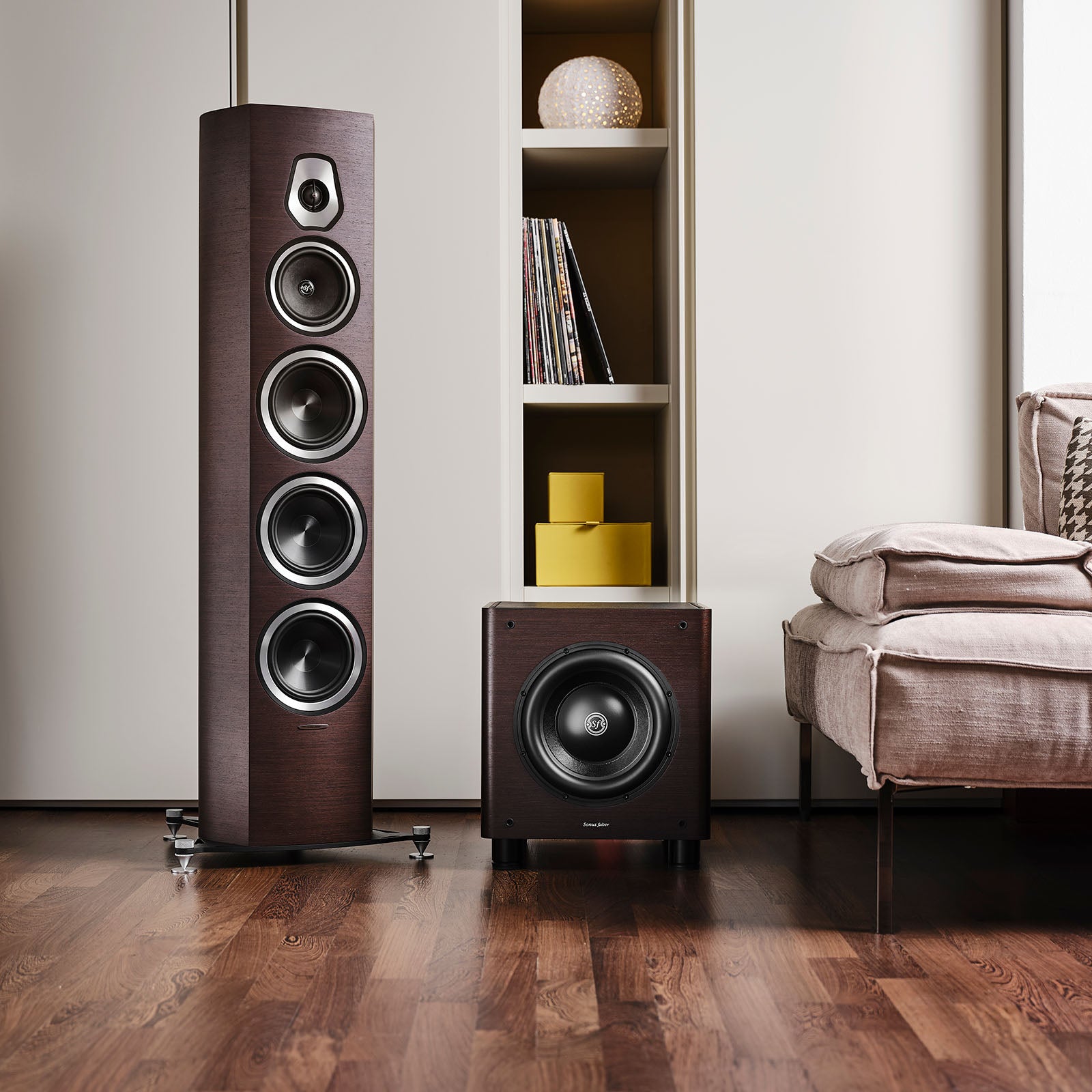
4. Add two subwoofers for better bass reproduction
We are not just writing this to try to sell more. By placing one subwoofer in one corner of the room and a matching subwoofer in the other corner, you achieve a much more uniform bass response in the room. In other words, you get an easier integration of the bass when you use two subwoofers instead of one.
5. Selection of subwoofer cable
There are two options for cable connections – traditional RCA cables and high-level cables (Audiovector and REL). A High-level cable measures the speaker signal so that it is in total phase and timing with what the speaker determines. This is because the signal does not have to pass another preamplifier output on the amplifier. Subwoofers from REL and Audiovector always come with a high-level cable, but unfortunately they are not shielded. You will therefore be able to make a big sound upgrade by buying a shielded cable. All cables act as antennas, picking up large amounts of noise that contaminate the sensitive signal. A well-shielded cable will keep the signal free from this damaging noise.
Popular subwoofers
Get guidance from the audio specialist
If you've been wanting to try your hand at a subwoofer, you can explore our selection right here . If you have any doubts about anything in connection with the purchase of a subwoofer, cable or its setup, do not hesitate to contact one of our specialists on 98 16 14 10 or info@lydspecialisten.dk .
You are also always welcome to stop by the store, where you can hear the subwoofer and get advice and guidance on how you should set it up and calibrate it for exactly your system and surroundings.



